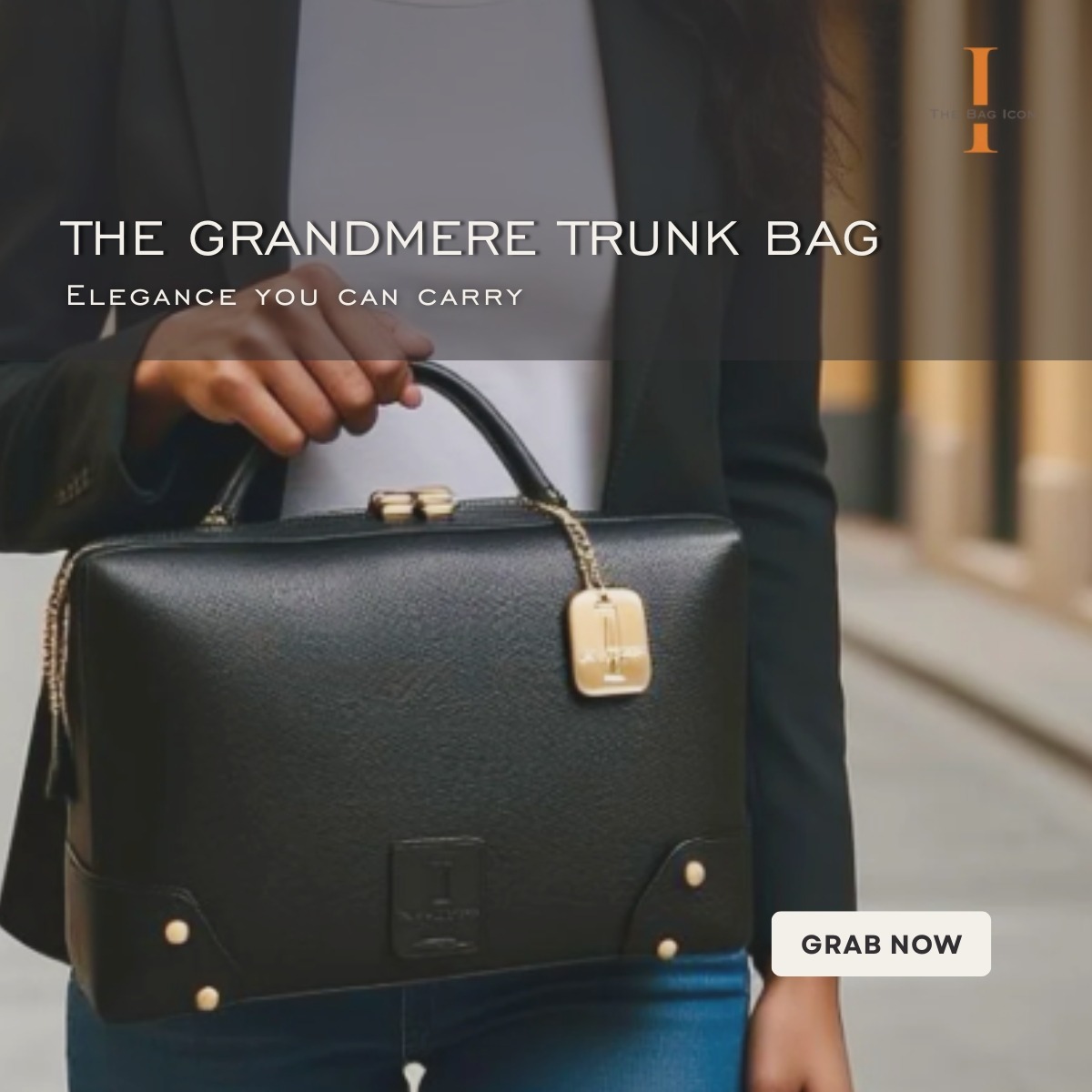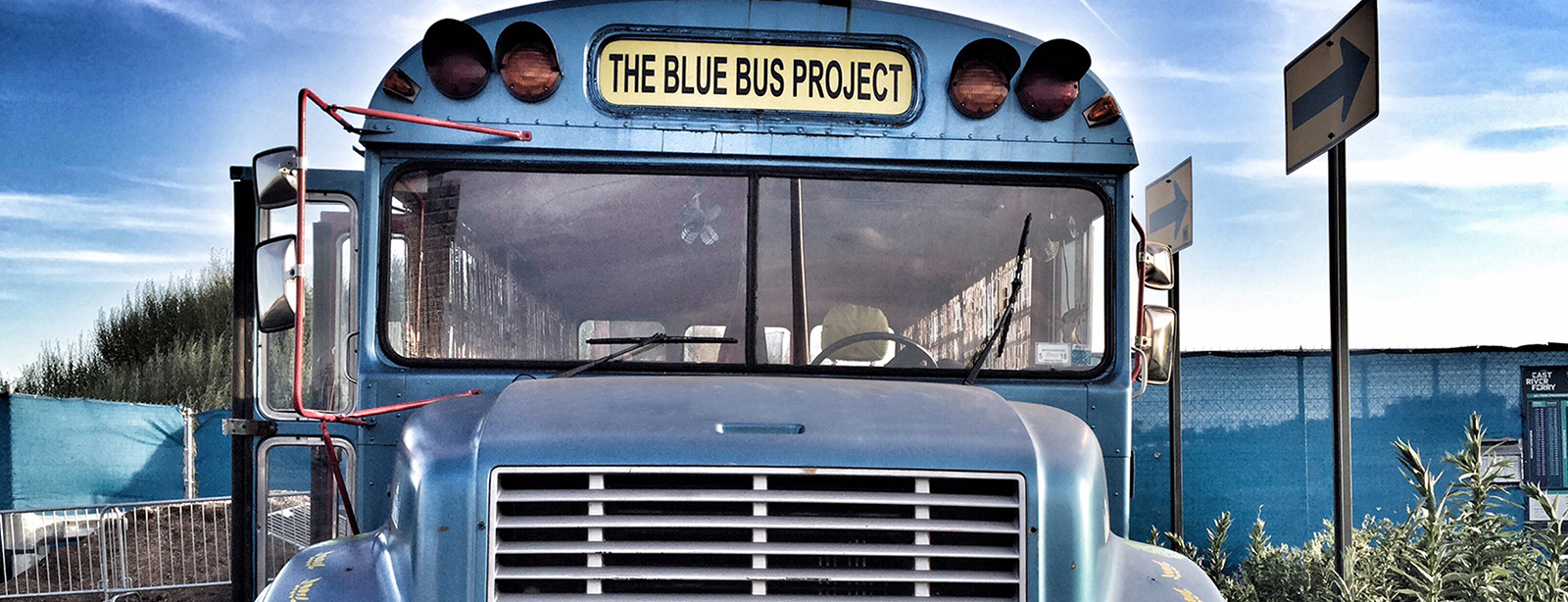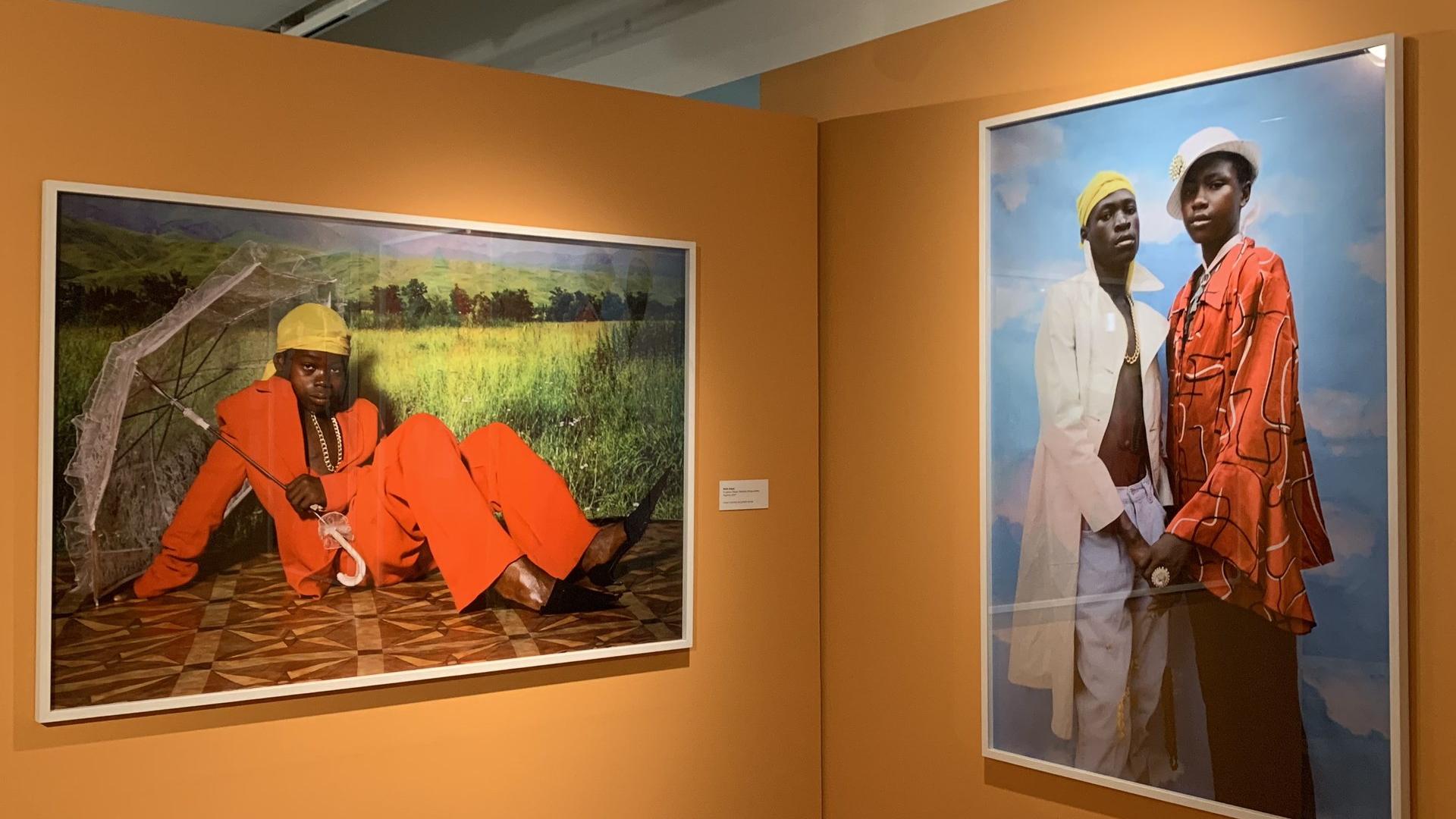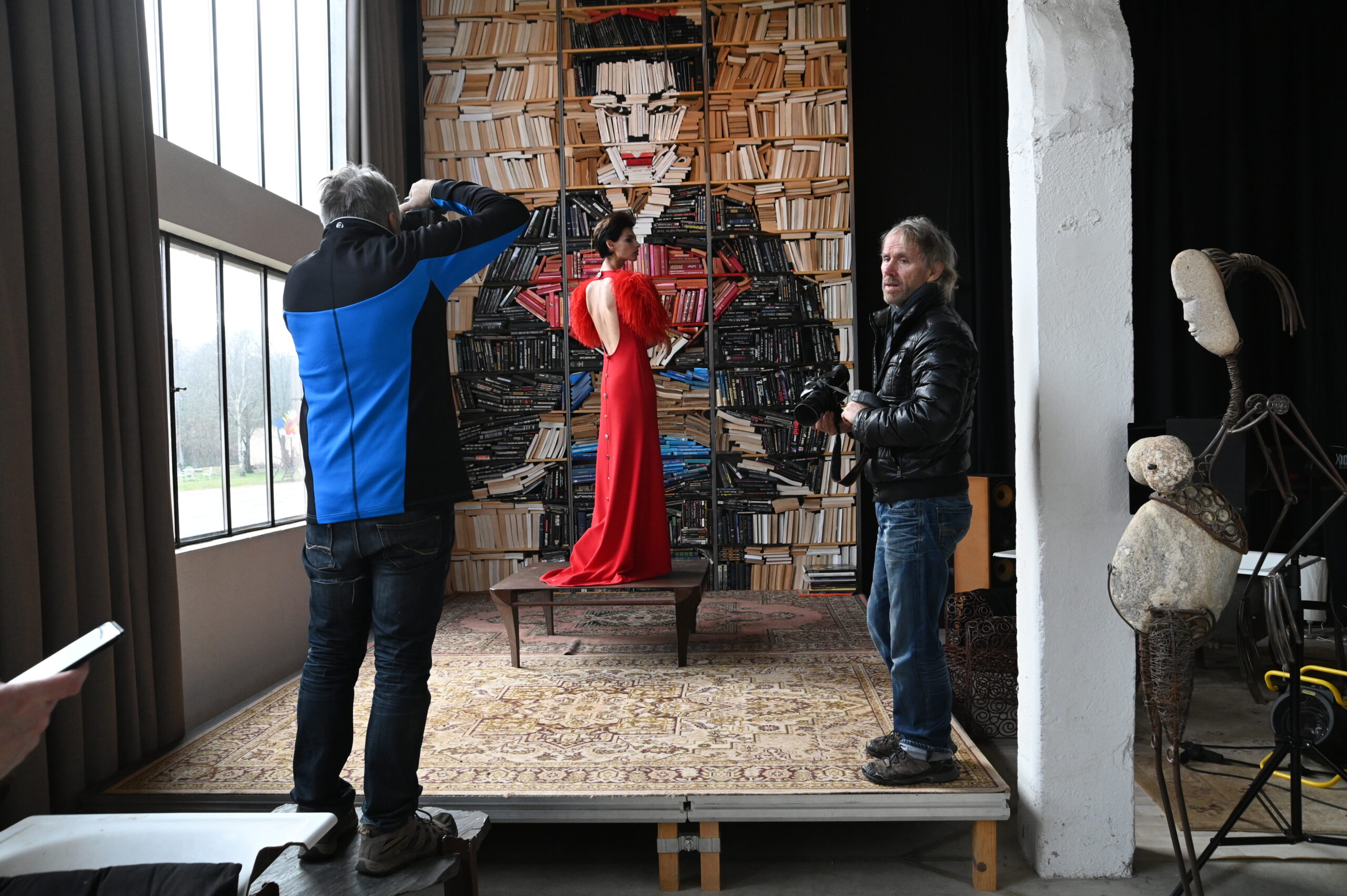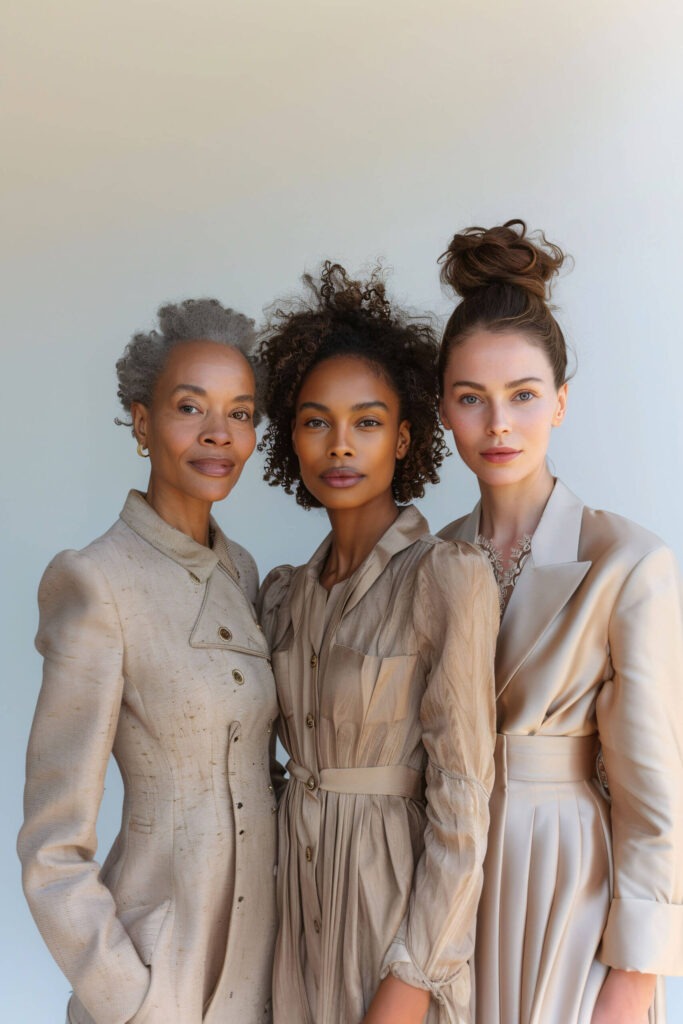Before the read
These traveling art exhibitions bring creativity directly to local communities, blending culture with accessibility in fresh ways.
Mobile art spaces eliminate traditional barriers by taking art into neighborhoods, parks, and schools—reaching people who may never visit a gallery.
By inviting participation and showcasing local talent, these buses turn everyday spaces into inclusive art experiences.
How Traveling Art Exhibitions Are Making Art Accessible to All
In 2025, art no longer needs to live behind white-walled gallery doors. Instead, it’s out on the move, as part of our daily rhythm. Traveling art spaces on wheels are bringing art to where people already are: parks, schools, rural villages, and city streets. As someone who grew up in Greece (where art is part of the landscape), I’ve always loved the idea of art being for everyone—not just something you dress up for or see on a school field trip. Mobile galleries are doing exactly that: making art more local, more spontaneous, and more accessible to everyone.
The Rise of Mobile Art Galleries
What do we mean by mobile art galleries? Think buses, vans, or even shipping containers turned into moving, traveling exhibitions. These mobile spaces take curated art straight to places where people might not have easy access to traditional galleries or museums. From festivals and small towns to busy streets, these galleries turn everyday locations into exciting cultural hubs. The bus, in particular, is the perfect symbol of accessibility that moves through spaces where people from all walks of life can come together. Art on the bus does more than just display pieces; it nurtures new artistic voices, showcasing work from both emerging and established artists. It’s a space for cultural exchange and much more.
Why Mobile Art Galleries Matter in 2025
Let’s face it: traditional galleries can sometimes feel intimidating or out of reach. Mobile art galleries are shaking things up by bringing art to you, wherever you are. These traveling exhibitions make it easier for people to experience art in places they already know and love, like their neighborhoods, local festivals, or even on a street corner. They also provide a platform for underrepresented artists, offering them a chance to share their work with a broader audience. In 2025, mobile galleries are going beyond convenience, offering a fresh perspective on what it means to experience art and making culture more inclusive and relatable for everyone.
Mobile Art Experiences Around the World
1. The Yellow Bus – Juluwarlu Art Group (Australia) @juluwarlu_
In 2023, Lorraine Coppin, CEO of the Juluwarlu Art Group in Western Australia, turned a 1955 Bedford bus into a mobile art space called the Yellow Bus. Working with artist Dr. Andrew Sunley Smith, Coppin’s goal was to create a traveling platform that brings Yindjibarndi culture directly to remote communities. The Yellow Bus gives both Aboriginal and non-Aboriginal people the chance to connect with Yindjibarndi history through art and storytelling.
The project takes memories and turns them into a contemporary art experience, helping to heal and preserve culture while challenging the lasting effects of colonization. As Coppin reflects, “The Yellow Bus gave us a time that we looked forward to every weekend and on holidays. It promised us connection with Elders and to take us back home. It taught us how to look after family and each other.”
2. The Blue Bus Project, New York City, USA
Since 2016, the Blue Bus Project has been turning heads—and minds—on the streets of New York City. Founded by Italian-born artist Annalisa Iadicicco, this repurposed school bus is more than just a mobile art space; it’s a bold, rolling invitation to create, connect, and challenge the status quo. With vibrant colors, a hardwood floor, and a mission rooted in social justice, the Blue Bus travels to public parks, housing complexes, and underserved neighborhoods across NYC.
It partners with local organizations and artists to deliver hands-on, participatory art workshops that tackle pressing social and environmental issues. Whether parked in Harlem or the Rockaways, the bus opens its doors to multiracial, intergenerational communities, creating a safe space for creativity, dialogue, and empowerment. For Iadicicco, it all began with a dream—and a bus spotted just a few blocks from her home. As she shared on her website, “I wanted to create a safe space where artists and communities could merge and take action.” That dream is now over seventy-five projects strong and counting, with visions of an entire fleet of Blue Buses sparking change from coast to coast.
3. The Community Art Bus – Maine, USA
In the coastal town of Biddeford, Maine, where access to the arts can be limited by economic barriers, the Community Art Bus is helping to close the gap, one brushstroke at a time. The project, created by artist and educator Nick Blunier of Common Roots Studio, delivers free, hands-on art experiences directly to underserved communities. With a background as a special needs art teacher, Blunier brings a therapeutic approach to his work, inspired by the natural beauty of Maine and drawn to its ever-present nautical themes. “Nature has driven my art since the beginning,” he says, referencing his work with driftwood, watercolor, woodworking, metal, and more.
The bus itself, transformed into a vibrant mobile studio, is a community-built symbol of access and creativity. Since launching, it has partnered with over 40 organizations and reached more than 15,000 participants through over 220 hours of programming. The vehicle, painted during Biddeford’s 2022 Fringefest and finished with graffiti artist @DanaNastee’s signature flair, proudly features the names of supporting businesses along its sides.
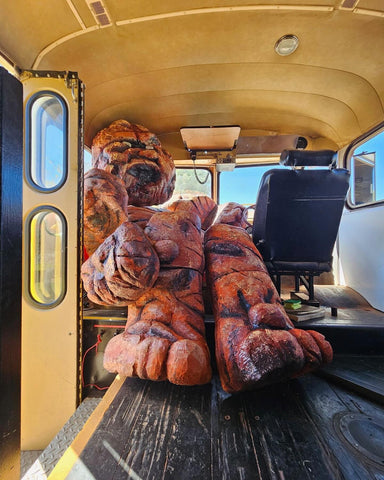
True to its name, Common Roots Studio reflects the shared creative spirit that connects people from all walks of life. At its core, the Community Art Bus is about more than art—it’s about belonging, expression, and healing. And if you happen to spot the “octopus tree,” you just might find Blunier nearby—creating, teaching, and reminding us that art, like community, is something we build together.
Collaborations Between Mobile Galleries and Global Art Institutions
Mobile art galleries are increasingly partnering with esteemed global institutions to democratize art access. For example, Art Explora, founded by philanthropist Frédéric Jousset, operates mobile galleries, including a “museum boat,” in collaboration with renowned institutions like the Centre Pompidou and Tate. In an attempt to reach underserved areas, he offers free exhibitions and cultural experiences to communities that might otherwise lack access to such resources.
As the trend of immersive art experiences gains momentum, institutions are increasingly exploring new formats to engage audiences. The rise of these immersive art spaces indicates a shift in how art should be presented and experienced, prioritizing participation, emotional connection, and a sense of community.

More by this author
The Wrap
- Mobile art galleries are transforming how people experience art by taking it beyond museum walls and into daily life.
- Projects like The Yellow Bus in Australia and The Blue Bus Project in New York bring art and culture directly to underserved communities.
- These mobile art spaces promote cultural inclusion, offering traveling art exhibitions that celebrate both emerging and established voices.
- Community art buses create immersive art trends through hands-on workshops, storytelling, and public participation.
- Founders like Lorraine Coppin, Annalisa Iadicicco, and Nick Blunier use art on wheels to foster healing, empowerment, and social dialogue.
- Collaborations with global institutions like Centre Pompidou and Tate amplify the reach of mobile museums across the world.
- As art becomes increasingly mobile, these accessible galleries redefine what creativity can look like in public, shared spaces.








